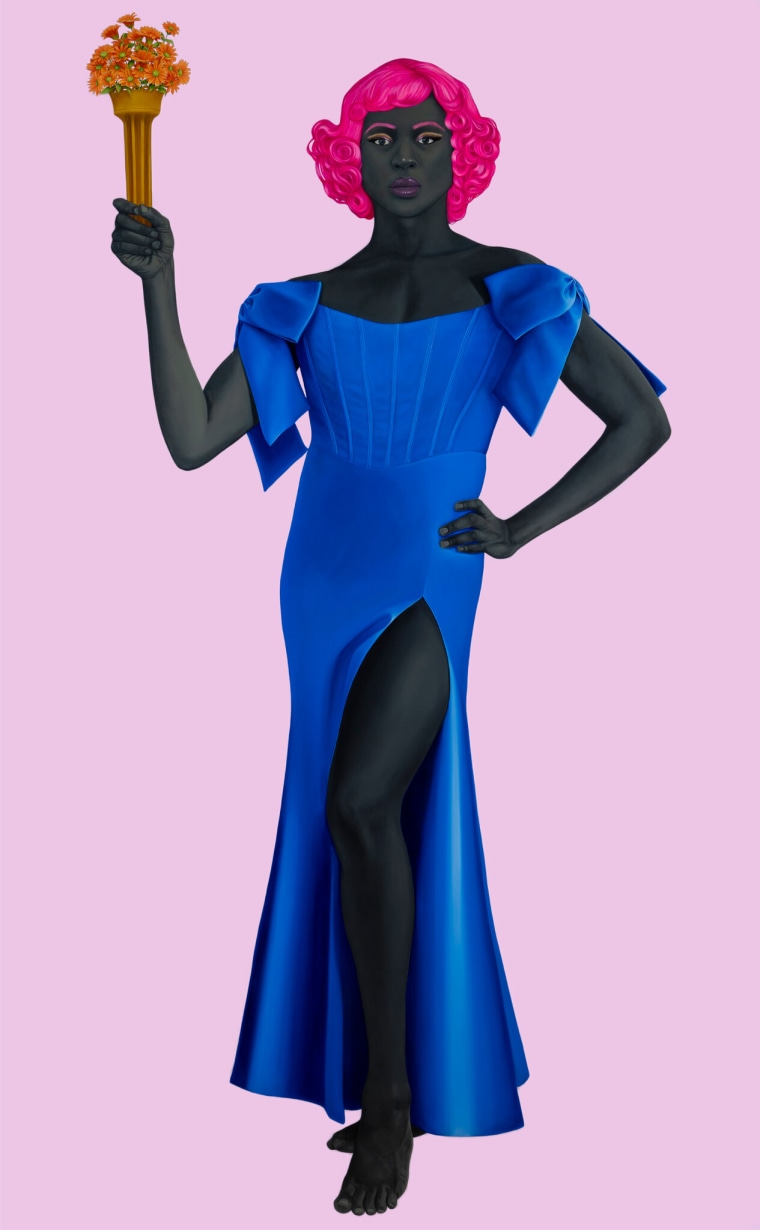When a government starts deciding which stories museums can tell, it is not protecting history. It is rewriting it.
When the Trump White House announced its plans to “review” the Smithsonian (which includes 21 museums, research centers, an arboretum and a zoo), that statement, to some, may have sounded bureaucratic or even harmless. It is neither. When governments police museums, they are not simply policing exhibitions. They are policing imagination itself.
When governments police museums, they are not simply policing exhibitions. They are policing imagination itself.
Philippe de Montebello, an art curator who previously directed the Metropolitan Museum of Art for 31 years, once called museums “the memory of mankind.” If that is true, then to manipulate museums is to manipulate who we believe we are. Control the memory and you control the future.
This country’s story has always been a contradiction. Slavery alongside freedom. Erasure alongside invention. Art carries what is too heavy for language to hold. And museums, at their best, give us the full picture rather than the flattering one. That independence is not ornamental. It is as vital to democracy as the freedom of the press.
History shows us what happens when governments demand that museums perform loyalty. Nazi Germany weaponized them. So did the Soviet Union.
Federal interference in cultural and civic life has a long precedent. When President Woodrow Wilson took office in 1913, he systematically resegregated federal workplaces that had been integrated since Reconstruction and sidelined or dismissed Black employees, calling such moves “beneficial” and “in the best interest” of both races. But not only did he impose segregation in federal government offices, the Smithsonian Institute Archives reports Wilson “pressured the institution to impose Jim Crow” but that “its partial autonomy from the federal government allowed it to resist these pressures.”
In 1929, during Herbert Hoover’s administration, that partial autonomy gave two Smithsonian commissioners, the Rev. Anson Phelps Stokes Jr. of the Washington Cathedral and Dr. Emmett J. Scott of Howard University, just enough meaningful space to resist the Jim Crow restrictions established by Wilson and bring in “American Negro Artists,” a traveling exhibition of 51 works by 27 Black painters and sculptors.
Even so, to protect white patrons’ sensibilities, “American Negro Artists” was relegated to a dimly lit foyer. Yet, its impact was profound. By centering Black artistry, the show subtly challenged prevailing racial hierarchies and asserted that African American culture belonged in the national story. Thousands attended, with African American visitors making up the majority, which proved that even under constraints, museums can expand public imagination and reshape political narratives. Indeed, when left free to follow scholarship rather than political mood, museums can expand imagination, challenge hierarchies and strengthen democracy.
Constraining museums does not protect the public. It impoverishes us. In 1995, the Smithsonian’s Enola Gay exhibition was gutted after political backlash over its depiction of the human cost of the atomic bomb. In 2010, Congress pressured the institution to alter its groundbreaking LGBTQ+ exhibition “Hide/Seek.” Now, the Trump administration wants to impose “Americanism” as a litmus test. The word may sound patriotic to some people, but it’s meant to function like a leash.
I know this pressure personally. In July, I announced my decision to keep my exhibition “American Sublime” from being installed at the Smithsonian’s National Portrait Gallery after the attempted censorship of my painting Trans Forming Liberty, which presents the Statue of Liberty as a Black trans woman. The gallery informed me that it had concerns about that painting.

As I said in a statement at the time, “While no single person is to blame, it’s clear that institutional fear shaped by a broader climate of political hostility toward trans lives played a role. This painting exists to hold space for someone whose humanity has been politicized and disregarded. I cannot in good conscience comply with a culture of censorship, especially when it targets vulnerable communities.”
Though a spokesperson from the Smithsonian disputed my claim that my work was being policed, multiple incidents since then — including mentions of Trump’s impeachments being removed from an exhibit on presidential impeachments and his complaint last week that the Smithsonian is “OUT OF CONTROL” and focuses too much on “how bad Slavery was” — help make my point. It became clear during my exchanges with the gallery how quickly curatorial independence collapses when politics enters the room.
Museums are not stages for loyalty. They are civic laboratories.
Imagine if your own family history were edited this way. Imagine if someone erased moments from your life simply because they provoked discomfort. That is what happens when politics rewrite museum walls. Memory itself becomes conditional.
This is not about wall text or gallery placement. It is about whether we protect our collective capacity to imagine. When governments control imagination, they control possibility. Once that is lost, democracy has already surrendered more than it realizes.
Museums are not stages for loyalty. They are civic laboratories. They are places where we wrestle with contradictions, encounter the unfamiliar and widen our circle of empathy. But only if they remain free.
If they do not, we lose more than exhibitions. We lose the public spaces where imagination takes a stand against power. And when that happens, the stories we inherit and the futures we can envision will no longer be our own.